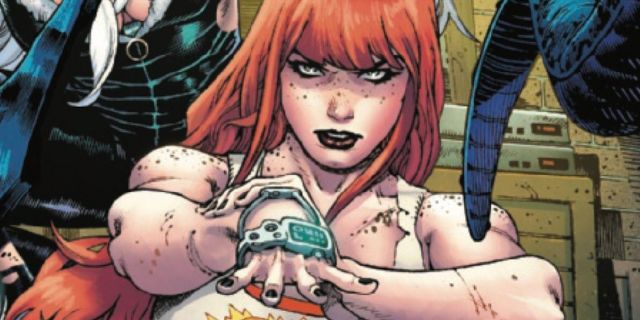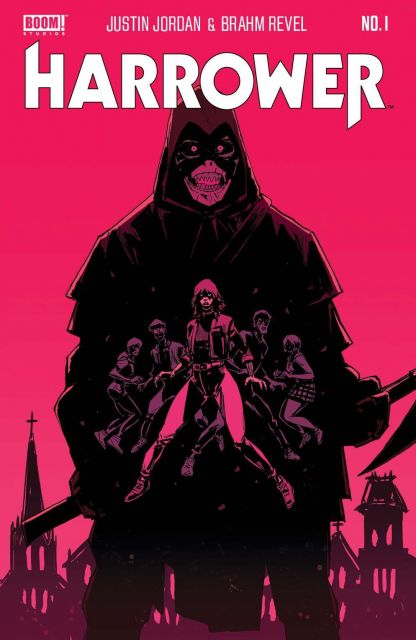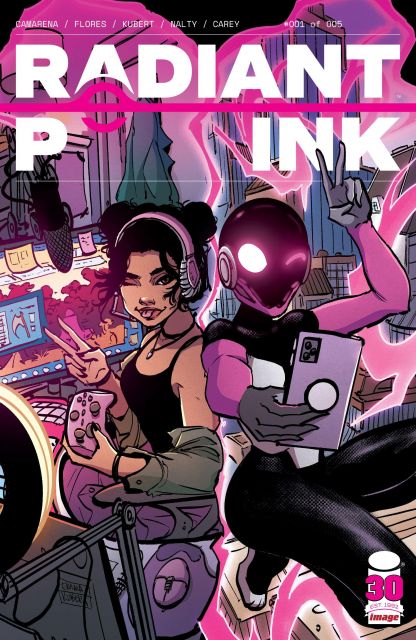With its unique story and striking visuals, ParaNorman has gone from a modest success to a cult classic in the decade since its release. A good deal of that stems from its thoughtful story, which recognizes the social messaging behind many horror movies and finds a gentle, family-friendly way to express it. Above all, it delivers a winning hero in Norman Babcock, whose ability to speak with the dead makes him both a lifelong pariah and an unexpected savior.
That plays out in his connection to Agatha Prenderghast, a Puritan girl who, like him, could talk to the dead. She was executed for witchcraft, and her lingering anger causes the film’s zombie plague upon Norman’s town. Norman is able to help her heal and let go of her rage, but their connection may run deeper than that. The movie strongly implies that the two are related by blood, which would explain both Norman’s powers and his connection to her.
ParaNorman Places Norman in Aggie’s Shoes – Literally

The similarities between Norman and Aggie are a central part of ParaNorman’s message. Like Norman, Aggie is branded as different for her abilities, leaving them both isolated and estranged from their own communities. And like Aggie, Norman eventually finds himself targeted by a mob of townsfolk, driven mad with fear and seeking someone to blame. Indeed, his visions ultimately place him directly in Aggie’s shoes, allowing him to experience what she went through and make connections to his own circumstances.
Norman brings closure to her precisely because their journeys are so much alike. In the film’s climax, he connects with her by demonstrating how much he understands her fear and rage. Facing the same circumstances she did, he’s able to make better moral choices — in part because, unlike Aggie, he does have a few friends who stand by him — and show her the damage she’s causing. Their parallel arcs make that possible.
Norman and Aggie Share More Than Just a Supernatural Gift

Their shared gift allows Norman to communicate with her while also understanding something of the hate and prejudice she experienced. That’s more than enough to keep ParaNorman’s narrative on track and ensure that its emotional core hits in all the right places. There are subtle hints here and there, however, that suggest their connection is far deeper than that.
Norman’s uncle is also named Prenderghast and has been practicing a yearly “ritual” of reading a bedtime story to keep the young girl’s spirit asleep and keep the town safe from Agatha’s wrath. He dies of a heart attack after begging Norman to fulfill his task — Norman’s failure to do so sets ParaNorman’s zombie plague in motion — but the shared name puts his vigil into sharp relief. While Aggie was too young to have descendants, nothing is said of any siblings or other relations. A family member — perhaps a subsequent child or a cousin — might have easily taken up the “ritual” after Agatha’s death and passed the tradition on to younger generations until it reached Mr. Prenderghast.
That would mean that Agatha is Norman’s ancestor by blood, which strengthens both the plot and its underlying message. Not only does it make their supernatural abilities a family trait, but it facilitates things like his visions of her life and the way he finally breaks through her rage and pain. It even provides a symbolic sense of closure, as Norman finds the acceptance that Agatha never did. A familial link gives his actions more weight and helps better explain his outlook and abilities.















Leave a Reply